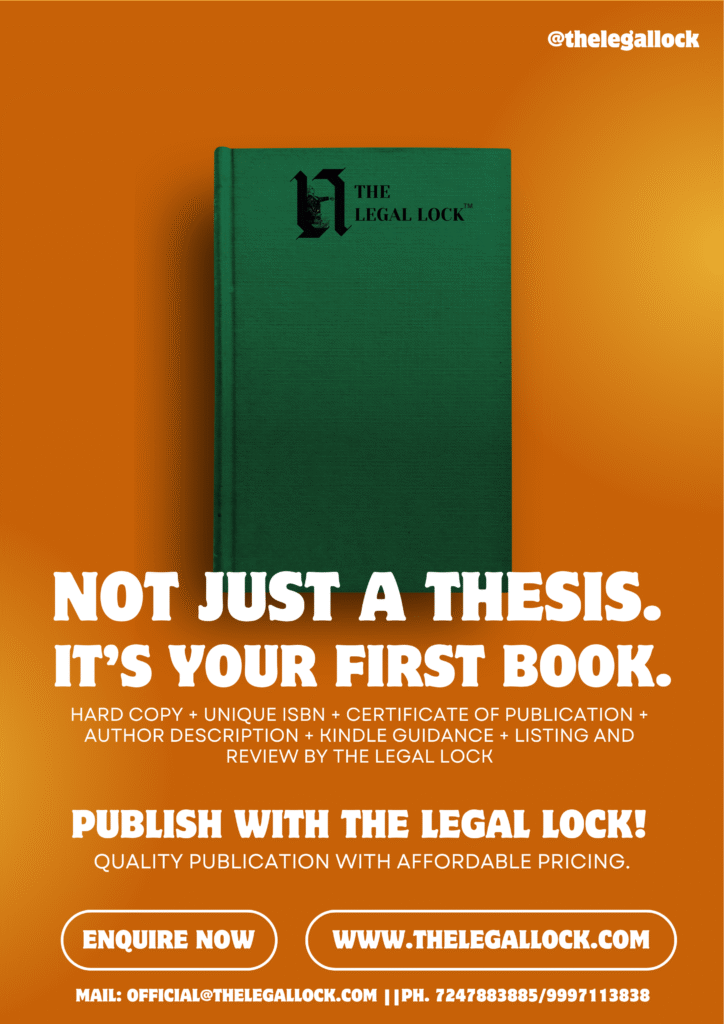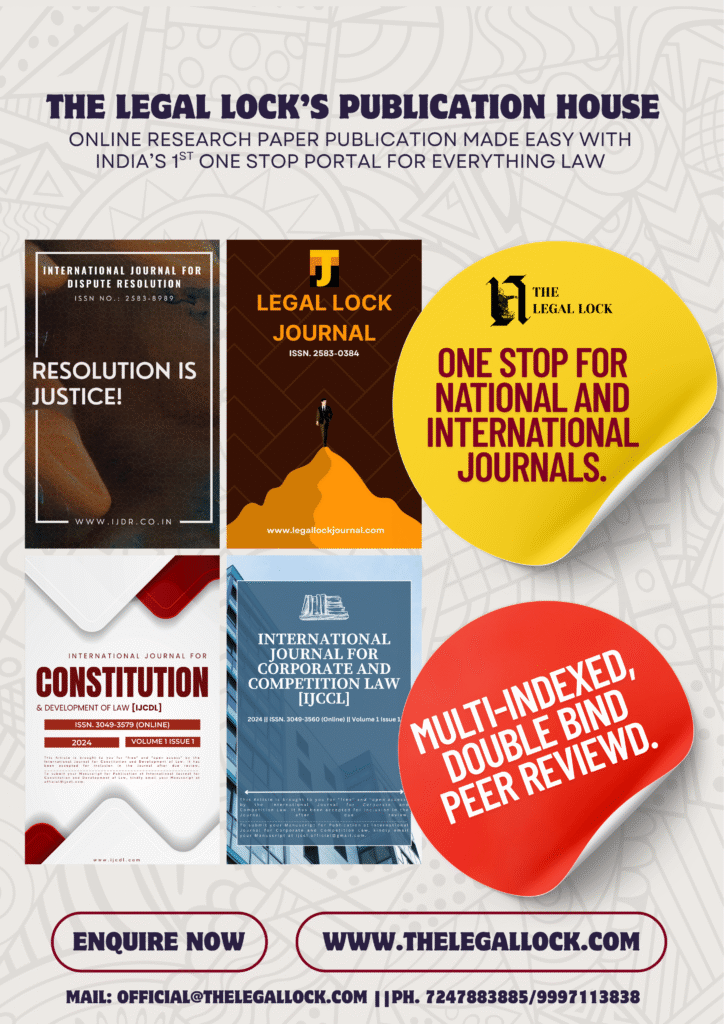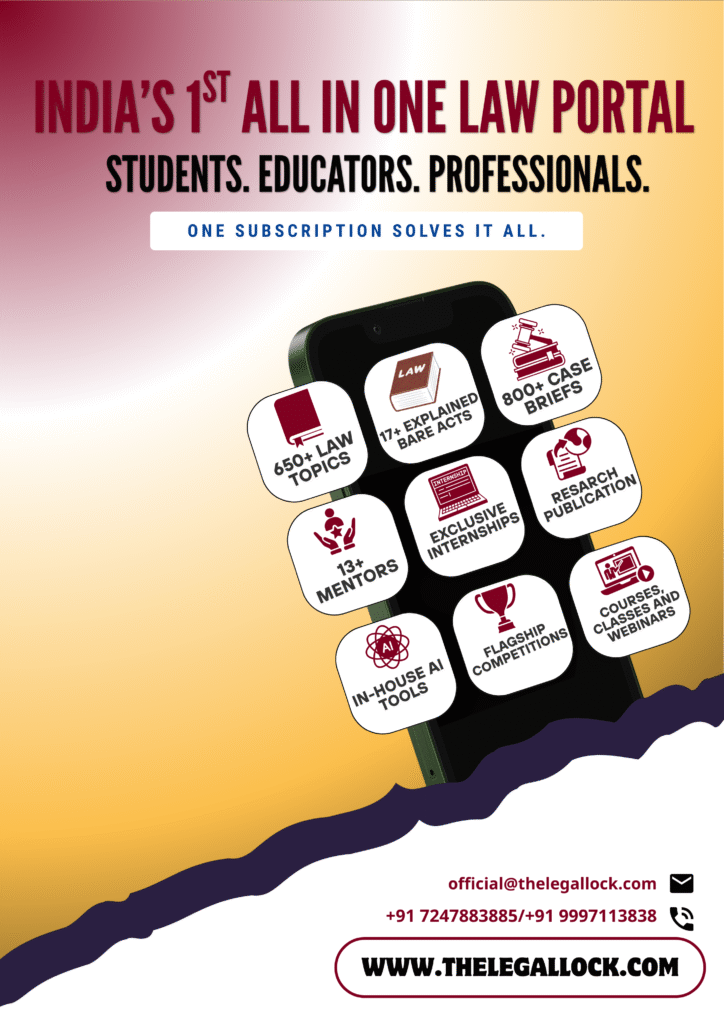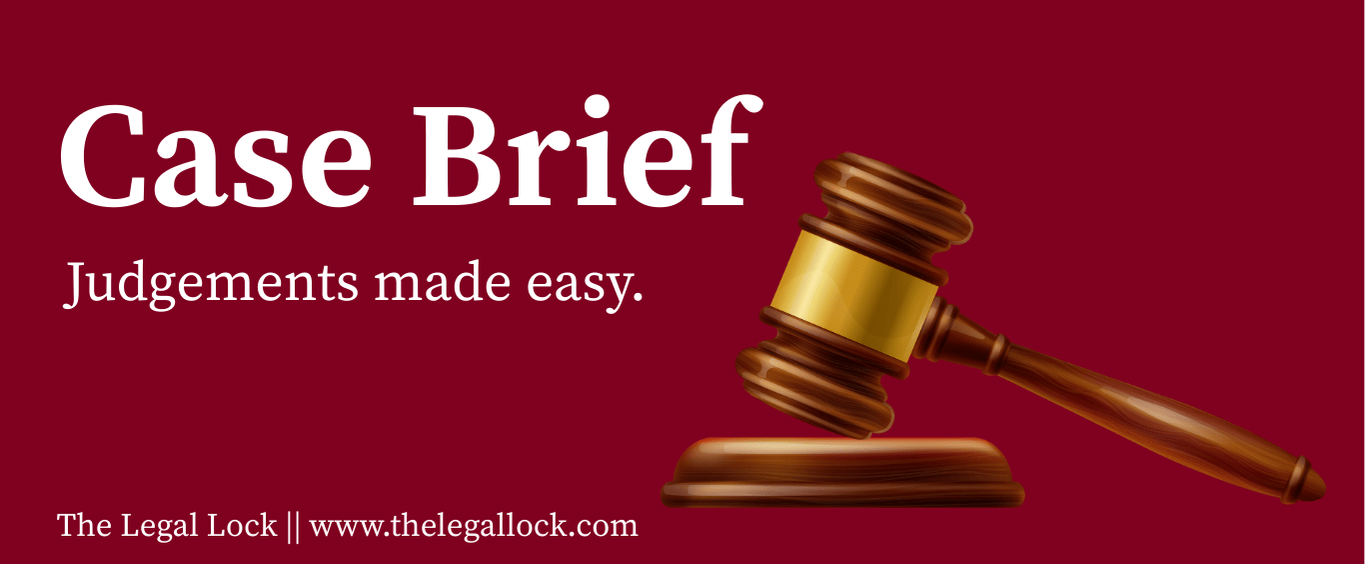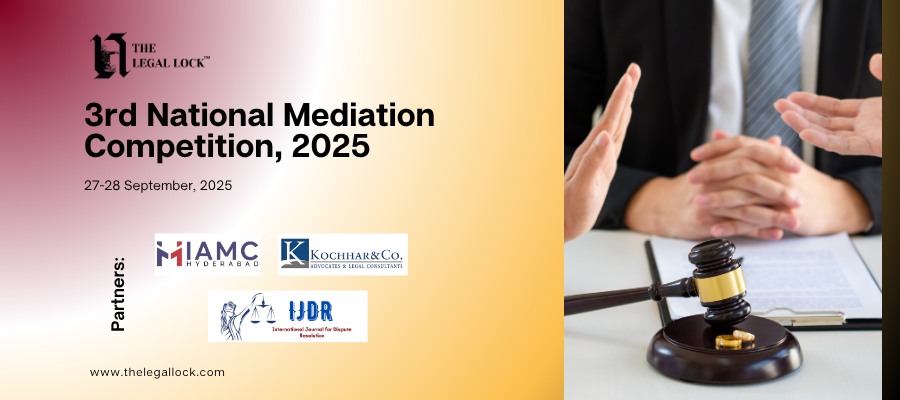| CASE NAME | People’s Union for Democratic Rights and Others v. Union of India & Ors. |
| CITATION | AIR 1982 SC 1473 |
| COURT | Supreme Court |
| BENCH | Justice Bhagwati, P.N. Islam, Baharu |
| PETITIONERS | People’s Union for Democratic Rights and Others |
| RESPONDENTS | Union of IndiaDelhi Administration Delhi Development Authority |
| DECIDED ON | W.P No. 1843 of 1981 and decided on 11th May, 1982, |
INTRODUCTION
Article 21″ With the adoption of four unified codes of law in 2020, as well as with changing court interpretations, labor laws have been continuously changing throughout time. In this regard, the 1982 landmark decision People’s Union for Democratic Rights v. Union of India established specific legislation pertaining to minimum wages, workplace conditions, particularly on construction sites, and workers’ rights. The Minimum Wages Act of 1948, the Employment of Children Act of 1970, the Contract Labor (Regulation and Abolition) Act of 1970, and the Equal Remuneration Act of 1976 were among the labor laws that were upheld by the Apex Court of India in order to enforce the right of workers despite the lax protection provided by the law. The Court also widened the scope of Article 21 of the Indian Constitution and enhanced the Right to Life with Dignity.
FACTS
The group known as PUDR works to defend the democratic rights of its members. The ASIAD-82 project workers were not given a hygienic working environment or the daily minimum salary, as has been observed. Along with the infrastructure, such as hotels and flyovers, they are required to operate at the locations on stadiums. Known as “Begar” because they were hired by the construction companies without set working hours and without being paid, the workers were under pressure to finish the project as soon as possible.
Their kids were deprived of the bare needs as a result, which made them hungry and more likely to be involved in accidents. Three ombudsmen, or social scientists, were hired by PUDR, an organization that strives to improve citizens’ working conditions and protect their rights. Following analysis, the ombudsmen were able to produce a report on the living and working conditions of laborers employed by Union of India’s contractors.
Along with visiting significant locations, PUDR conducted staff interviews and, on November 16, 1981, filed a Writ petition with the Supreme Court. Through the PIL, it asked for the implementation of different labor laws’ provisions with regard to the workers engaged in the ASIAD-82 projects’ construction. The scientists were required to report on any legal infractions to the Hon’ble Supreme Court on a weekly basis. In addition to visiting significant locations, PUDR conducted employee interviews and, on November 16, 1981, filed a Writ petition with the Supreme Court. Through PIL, it asked for the observance of different labor laws’ provisions with regard to the workers engaged in the ASIAD-82 projects’ construction. Weekly reports on cases of legal violations were expected from the scientists to the Hon’ble Supreme Court.
ISSUES
1. Can a Writ petition be maintained against a private person under Article 32 of the Indian Constitution?
2. Does the Indian Constitution’s Article 21 provide the right to a respectable life and a means of subsistence?
ARGUMENTS
The petitioner contended that the laborers were not paid the minimum wage per day and that the contractors hired them through Jamadars who transported them from various regions of India. They were supposed to receive Rs 9.25 a day, but they only received Rs 8.25 since the jamadars withheld Rupee one every day as their commission. They therefore broke the Minimum Wages Act’s rules. Because female workers only receive Rs 7 per day for their diligent labor, there was a violation of the Equal Remuneration Act, 1976, as they were paid less and had their wages misappropriated by the contractors.
Article 24 was broken because the locations used minors under the age of 14 to labor in mines and factories, which are dangerous for them. The 1970 Contract Labor (Regulations and Abolition Act) requirements were broken, depriving the workers of their entitlement to adequate living conditions and medical care, which led to their exploitation. Because the workers were not paid the daily pay to which they were due, Article 23 was also broken, making this type of labor illegal. They will be referred to be beggars or forced laborers if they are paid less than the minimum wage for their labor.
The Respondent said that they had no right of locus standi at the time the writ petition was filed since the Petitioner’s rights had not been violated. The workers, whose rights were infringed, should have filed the petition as the petitioner, the PUDR, lacks a cause of action prompted.
The respondent argued that because the workers were directly engaged by the contractors and not the respondents, they should not have been held liable for the infringement of their rights. The cause of action was against the contractors, not the respondents; hence, the petition could not be filed against them. For the purported infractions mentioned in the writ petition submitted under section 32, the respondents are not liable. The Union of India, the Delhi Administration, and the Delhi Development Authority are all covered under the Employment of Children Act 1938. They disclaimed having ever received any complaints about the contractors’ alleged infringement of the Act’s requirements. building is not a procedure included in the Schedule, hence it is not covered by sub 474 section (3) of section 3 of the Act, according to the Authorities, who claimed that employment in the building business was not covered by the Employment of Children Act 1938.
JUDGMENTS
In order to enforce rights established by various labour laws, such as the Employment of Children Act of 1970, the Contract Labour (Regulation and Abolition) Act of 1970, the Interstate Migrant Workmen (Regulation of Employment and Conditions of Service) Act of 1977, the Equal Remuneration Act of 1976, and the Minimum Wages Act of 1948, the Hon’ble Court decided that a poor worker’s right to file a direct appeal with the Supreme Court under Article 32 of the Indian Constitution is valid. The court ruled that if labor law infractions are merely penalized with paltry penalties, it will be impossible to uphold the strictness of the regulations and guarantee its compliance since individuals will be disinclined to pay comparatively little for the crimes they have done. The petitioner argues that while it is true that they were not designed with the welfare of the workers in mind, they are the ones who should file the writ petition since it is the workers who have suffered legal harm and should seek redress from the court.
The respondents (The Union of India, Delhi Developmental Authority, and Delhi Administration) have an obligation to ensure that the contractors are adhering to this commitment. The mines used children under the age of 14 in dangerous employment that is injurious to the children. According to the respondents, unless there was a violation of a basic right, the petition could not be maintained under Article 32 of the Indian Constitution. The petition is legitimate in court, the judge said. The petitioner cited Article23, which forbids the trafficking of human people as well as other types of forced labor and Begar and is expressly intended to safeguard the individual. Not only is “beggar” illegal under Article 23, but other types of forced work are as well, as they violate human dignity and fundamental human values, which also make them in violation of Article 21.
To establish the social and economic circumstances that would allow everyone to enjoy fundamental human rights and share in the benefits of independence and liberty within an equal social and economic framework, the social and economic revolution had to be carried out in its entirety. Without economic and social freedom, political freedom had no value. The court found that the right to a life that is at least partly decent is guaranteed by Article 21. We can further add that whenever construction work is being done, whether departmentally or through contractors, the government or any other governmental authority, including a public sector corporation performing such work, must take great care to ensure that the provisions of the labour laws are strictly observed.
ANALYSIS
It is not the case that only the state can use fundamental rights enforcement; some rights can also be used against private individuals. According to the Indian Constitution, private individuals are accountable for any violations of basic rights. The ability of the courts to administer full justice, to break the constraints of laws and regulations, and to bend and shape them in ways that serve the public good—that is, to make them free—has been noted in cases involving the rights of the poor in society. It was highly demanded by the justice department to intervene at some point in the workers’ problems because the rights of the workers were in question in this instance. Thirty years of independence did not stop these case workers’ employers from abusing them and occasionally violating their rights. The case not only shows how the law may be utilized to obtain relief and compensation for the atrocities victims have undergone, but it also highlights how the recently adopted concept of PIL (Public Interest Litigation) can be used for the better good of society.
Justice must rule in society through the proper application of the law, which has as its main objective the maximization of enjoyment at the lowest possible cost. This legal case offers valuable insights into several legislation and how the Indian Constitution interprets them. It offers a thorough understanding of how the Indian Constitution’s Article 21 interprets the term “life” from a judicial perspective. Because of their legal authority, courts are able to establish and interpret words that, in the absence of interpretation, would remain unclear or have only one clear meaning for the advantage of the public.
Indian Kanoon (Free & Reliable)
👉 Visit: https://indiankanoon.org



